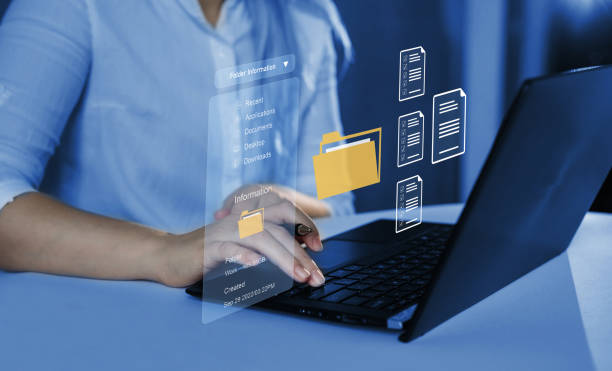What is On-Page SEO and Why Does It Matter?

On-Page SEO refers to the set of actions we take within our website to improve its ranking in search engines.
The main goal of On-Page SEO is to optimize the website’s content and structure to make it more understandable and appealing to search engines like Google and Bing.
On-Page SEO is important because without it, even the best content cannot be properly seen in search results.
On-Page SEO includes optimizing title tags, meta descriptions, URL structure, content, images, and internal links.
A website with strong On-Page SEO has a better chance of earning higher rankings in search results and attracting organic traffic.
This organic traffic is usually of higher quality because users who enter the website through search are looking for information related to your business.
As a result, On-Page SEO not only helps increase traffic but also improves conversion rates and increases sales.
Remember that On-Page SEO is only part of an overall SEO strategy and should be accompanied by Off-Page SEO and Technical SEO for better results.
Did you know that 94% of users’ first impressions of a business are related to its website design? With professional corporate website design by **Rasaweb**, turn this initial impression into an opportunity for growth.
✅ Attract more customers and increase sales
✅ Create credibility and trust in the eyes of the audience⚡ Get a free website design consultation!
Keyword Research; The First Step in On-Page SEO
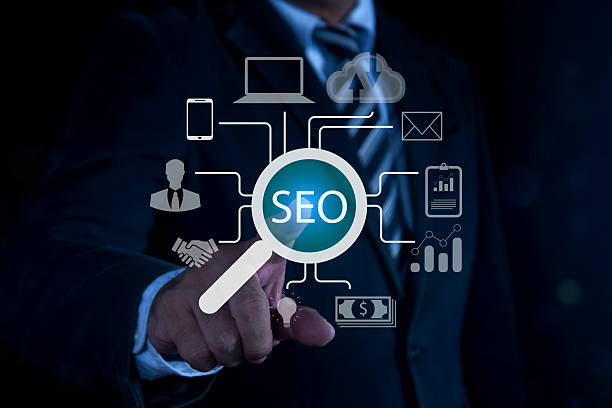
Keyword research is the cornerstone of any successful On-Page SEO strategy.
The goal of this step is to identify the words that your target audience uses to search for products, services, or information related to your business.
Using keyword research tools such as Ahrefs, Moz Keyword Explorer, and Ubersuggest, you can examine relevant keywords, search volume, and competition.
Choosing the right keywords helps you optimize your content based on the needs and interests of your target audience.
When choosing keywords, also look for Long-Tail Keywords.
These keywords usually have a lower search volume, but they have a higher conversion rate because they are more accurate and specific.
After identifying keywords, use them in title tags, meta descriptions, headings (H1, H2, H3), and body content.
However, avoid Keyword Stuffing, as this not only does not help your SEO but may also result in your website being penalized by search engines.
It is better to use keywords naturally and in the appropriate context.
On-Page SEO with the right keyword research can bring good results.
Optimizing Title and Meta Descriptions

Title Tags and Meta Descriptions are the first things users see in search results.
Optimizing these two elements is very important to attract users’ attention and encourage them to click on your website link.
The title tag should be short, attractive, and include the page’s main keyword.
It is recommended that the length of the title tag be less than 60 characters so that it is fully displayed in the search results.
The meta description should also provide a summary of the page content and encourage users to click on the link.
The meta description should be unique, attractive, and include a Call-to-Action.
The length of the meta description is usually recommended between 150 and 160 characters.
Also, make sure that each page of your website has a unique title tag and meta description.
Using duplicate title tags and meta descriptions can confuse search engines and reduce your website’s ranking.
A good On-Page SEO can increase your website’s ranking using these simple techniques.
| Feature | Description |
|---|---|
| Title Tag Length | Less than 60 characters |
| Meta Description Length | Between 150 and 160 characters |
| Key points | Including keyword, attractive, unique |
Optimizing URL Structure
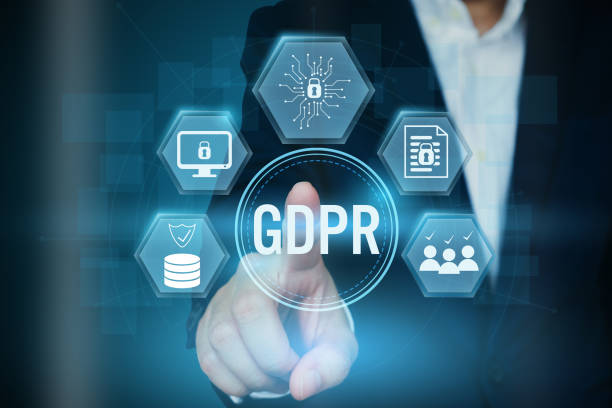
The URL structure of your website is important not only for users but also for search engines.
An optimized URL should be short, readable, and include keywords relevant to the page content.
Avoid using long, complex URLs that contain unnecessary characters.
For example, instead of using a URL like `example.com/page?id=12345`, use a more optimized URL like `example.com/blog/seo-internal`.
Also, avoid using uppercase letters in the URL, as this may cause problems on some servers.
It is best to use a hyphen (-) to separate words in the URL.
This makes the URL more readable and understandable.
In addition, the URL structure of your website should be logical and organized.
This means that URLs should reflect the hierarchical structure of your website.
This helps users and search engines easily navigate your website.
Optimizing the URL structure is an important aspect of On-Page SEO.
Does your current website create the trust that potential customers should have in your business? If the answer is no, it’s time to have a professional and impactful corporate website with Rasaweb.
✅ Completely customized design tailored to your brand identity
✅ Increase lead generation and credibility of your business in the eyes of customers⚡ Contact us for a free consultation!
Creating High-Quality and Valuable Content
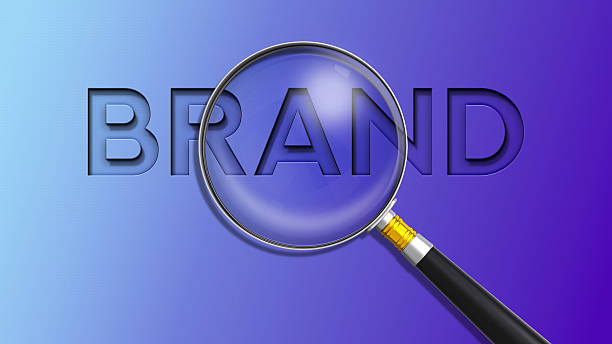
Content is king! This old saying still holds true in the world of SEO.
Search engines are looking to provide the best and most relevant results to users.
Therefore, creating high-quality and valuable content is essential to earning higher rankings in search results.
Your content should be: relevant, useful, informative, engaging, and unique.
Avoid copying content from other websites, as this not only does not help your SEO but may also result in your website being penalized by search engines.
Also, your content should be updated regularly.
Search engines like websites that constantly provide new and fresh content more.
Use appropriate formatting for your content.
Use headings (H1, H2, H3), paragraphs, lists, and images to organize and improve readability.
Also, use relevant keywords in your content, but avoid keyword stuffing.
High-quality and valuable content is one of the most important factors in On-Page SEO.
Remember that successful On-Page SEO is achieved with the right and valuable content.
On-Page SEO helps to increase the ranking of your website.
On-Page SEO is a way to increase sales.
Content optimization is a widely used technique in On-Page SEO.
Websites that value On-Page SEO will always be successful.
Optimizing Images
![]()
Images play an important role in the attractiveness and engagement of users with your website.
However, large and unoptimized images can slow down page loading speed and affect the user experience.
Optimizing images for On-Page SEO includes the following: Choosing the right format: Use JPEG, PNG, and WebP formats for images.
The WebP format offers the best quality with the smallest size.
Compressing images: Use image compression tools such as TinyPNG and ImageOptim to reduce image size without losing quality.
Resizing images: Resize images to the appropriate size for display on your website.
Avoid uploading images larger than you need.
Using Alt Text: Add a descriptive alt text for each image.
Alt text helps search engines understand the content of the image and display it in search results.
Also, alt text is useful for users who use screen readers.
Naming image files: Use keyword-related names for image files.
For example, instead of using a file name like `IMG_1234.jpg`, use a more optimized file name like `seo-internal-tips.jpg`.
Keep in mind that optimizing images is an important aspect of On-Page SEO.
Internal Linking
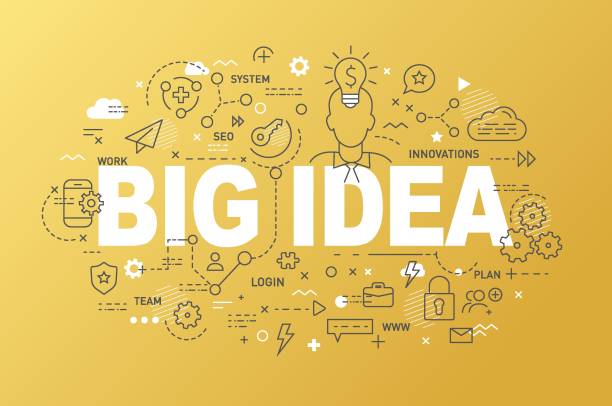
Internal linking refers to the process of creating links between different pages of your website.
This helps users and search engines easily navigate your website and find relevant content.
Internal linking has many benefits, including: Improving ranking in search engines: Internal links help search engines understand the structure and hierarchy of your website.
Increasing the time users spend on the website: Internal links direct users to relevant pages and cause them to spend more time on your website.
Improving conversion rate: Internal links can direct users to sales pages and target pages and increase the conversion rate.
When internal linking, pay attention to the following: Using appropriate anchor text: The anchor text should be descriptive and relevant to the destination page.
Avoid using general anchor text such as “click here”.
Link to relevant pages: Links should lead to pages that are relevant to the content of the source page.
Avoiding broken links: Make sure that all your internal links work correctly and lead to valid pages.
Create links naturally and in the appropriate context.
On-Page SEO without internal linking is like unsalted food.
| How | Description |
|---|---|
| Appropriate anchor text | Descriptive and relevant text |
| Related links | Semantic connection between pages |
| Healthy links | No broken links |
Optimizing Page Loading Speed
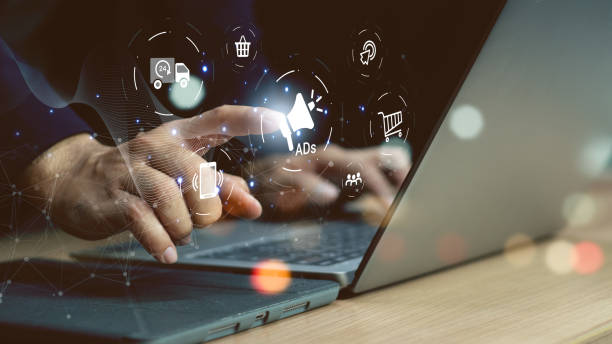
Page loading speed is one of the important factors in ranking websites by search engines.
Users expect website pages to load in a few seconds.
If your page takes too long to load, users may leave your website and go to your competitors.
To optimize page loading speed, you can take the following actions: Optimizing images: Use optimized images with low size.
Compressing files: Use file compression tools to reduce the size of HTML, CSS, and JavaScript files.
Using Caching: Use caching to store static website files.
This makes website pages load faster.
Reducing HTTP requests: Reduce the number of HTTP requests by combining CSS and JavaScript files.
Using CDN: Use a Content Delivery Network (CDN) to serve your website content from servers close to users.
Optimizing speed is an important factor in On-Page SEO and should not be ignored.
Low site speed can weaken On-Page SEO.
Are you annoyed by losing customers due to the outdated appearance or slow speed of your online store? Rasaweb’s expert team solves these problems with professional online store design!
✅ Increased customer trust and brand credibility
✅ Blazing fast speed and great user experience
Get a free consultation with Rasaweb right now ⚡
Website Responsiveness

With the increasing use of mobile devices to browse the web, website responsiveness has become a necessity.
A responsive website automatically adapts to the user’s device screen size and provides an optimal user experience.
Search engines prefer responsive websites and rank them higher.
To ensure that your website is responsive, you can use responsive CSS frameworks such as Bootstrap and Foundation.
You can also use website responsiveness testing tools such as Google Mobile-Friendly Test to check your website’s responsiveness.
Website responsiveness plays an important role in On-Page SEO.
Using Schema Markup

Schema Markup is a markup code that helps you provide more information about your page content to search engines.
Using Schema Markup, you can tell search engines that your page is about a product, an event, an article, a recipe, or any other type of content.
Search engines use this information to display richer and more engaging search results.
Richer search results can include images, ratings, prices, and other related information.
Using Schema Markup can increase Click-Through Rate (CTR) and improve your website’s ranking in search results.
To add Schema Markup to your website, you can use Schema Markup Generator tools.
Schema Markup is a powerful tool in On-Page SEO and can help you optimize your website for search engines.
On-Page SEO means constant and intelligent optimization. On-Page SEO is designed not only for search engines but also for users.
On-Page SEO increases website traffic.
Frequently Asked Questions
| Row | Question | Answer |
|---|---|---|
| 1 | What is On-Page SEO? | On-page SEO refers to the set of actions that are performed inside a website (on its pages) to improve the site’s ranking in search engine results. This includes optimizing content, site structure, and HTML codes. |
| 2 | Why is On-Page SEO important? | On-page SEO helps search engines better understand the content of a page and determine whether that page is relevant and valuable to users’ searches. This better understanding leads to higher rankings. |
| 3 | What is the first and most important step in On-Page SEO? | Keyword Research is the most important initial step. By finding the right keywords, you can produce targeted content that is relevant to users’ needs. |
| 4 | What is the role of the Title Tag in On-Page SEO? | The title tag is one of the most important ranking factors and should include the main keyword. This tag is displayed as the page title in search results and affects the click-through rate (CTR). |
| 5 | What is the importance of Meta Description? | The meta description does not directly affect ranking, but by providing an attractive summary of the page content in search results, it can encourage users to click and thus increase the click-through rate (CTR). |
| 6 | Why is it important to use headings (H1, H2, etc.) in content? | Headings help structure content and improve readability for users and search engine crawlers. Using keywords in headings also helps the search engine better understand the topic. |
| 7 | What does Image Optimization in On-Page SEO include? | It includes compressing images to reduce size, using descriptive and relevant file names, and filling in the Alt tag (alternative text) with relevant keywords to help search engines understand the image content. |
| 8 | What is meant by Internal Linking in On-Page SEO? | Internal linking refers to creating links between different pages of a website. This helps to distribute link equity, improve user experience, and help search engine crawlers discover new pages. |
| 9 | Why is Page Speed important for On-Page SEO? | Page loading speed is a direct ranking factor and greatly affects the user experience. Slow pages can lead to increased bounce rate and decreased user engagement. |
| 10 | What role does quality content play in On-Page SEO? | High-quality content that is comprehensive, unique, and valuable to the user is the core of on-page SEO. This content not only attracts and retains users, but also sends positive signals to search engines and helps with better ranking. |
And other services of Rasa Web Advertising Agency in the field of advertising
Intelligent Conversion Rate Optimization: An effective tool for online growth with the help of custom programming.
Intelligent Advertising Campaign: A new service to increase customer acquisition through marketing automation.
Intelligent Custom Software: A fast and efficient solution for user interaction with a focus on marketing automation.
Intelligent Customer Journey Map: A combination of creativity and technology to analyze customer behavior by customizing the user experience.
Intelligent Customer Journey Map: A fast and efficient solution to increase site traffic with a focus on SEO-oriented content strategy.
And more than hundreds of other services in the field of internet advertising, advertising consulting and organizational solutions
Internet Advertising | Advertising Strategy | Advertorial
Resources
Website SEO Audit Tool
,SEO Fundamentals and Website Optimization Training
,What is On-Page SEO
,On-Page SEO Optimization
? Are you ready to boost your business in the online space? Rasaweb Afarin Digital Marketing Agency paves the way for your success by providing comprehensive solutions including professional website design, SEO, and content marketing.
📍 Tehran, Mirdamad Street, next to the Central Bank, Kazerun South Alley, Ramin Alley No. 6

